calsfoundation@cals.org
Mapping Little Rock’s Historical Theaters
Downtown Little Rock has been home to more than a dozen movie theaters over the years, though one would not guess it in this age of suburban cineplexes. It is hard to believe there was a time when four theaters were clustered within a block of each other, with even more spread around the city blocks.
Some of the earliest movie theaters started off as opera or vaudeville houses, but the advent of motion pictures dramatically changed their operations. Little Rock’s citizens were soon able to enjoy the Golden Age of Hollywood in a variety of downtown locations. Unfortunately, however, the movement of people to western portions of the city and the resulting decline of downtown businesses led to the closure of these houses of cinema. Today, the sole downtown movie theater is the relatively new multi-use CALS Ron Robinson Theater.
Through the CALS Butler Center’s Little Rock’s Historical Downtown Movie Theaters mapping project, you can see exactly where these theaters were located.
We’ll highlight a selection here:
The Capital Theater had its grand opening on September 11, 1883, with Rose Lisle, an English comedian, performing in the play Reddy’s Luck. An advertisement in the Arkansas Gazette boasted that the set featured a “realistic scene of the Brooklyn Bridge.” The theater later started showing motion pictures. The Capital Theater burned down on February 11, 1913.
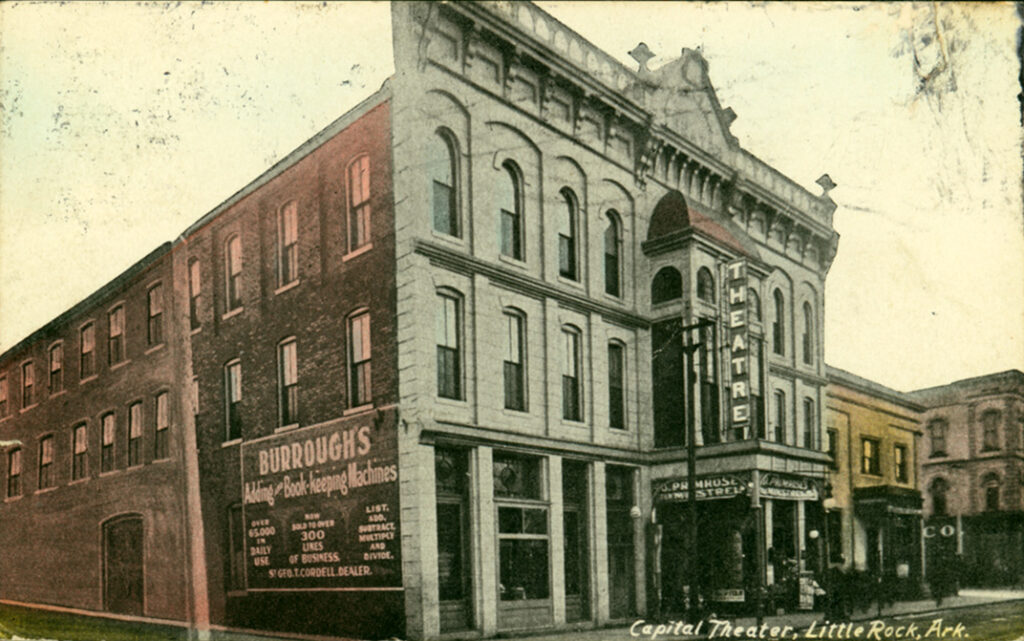
The Gem Theatre opened on September 5, 1910. Its first showing was Muggsy Becomes a Hero. Admission was 10¢ for adults and 5¢ cents for children. The theater burned down in December 1928.
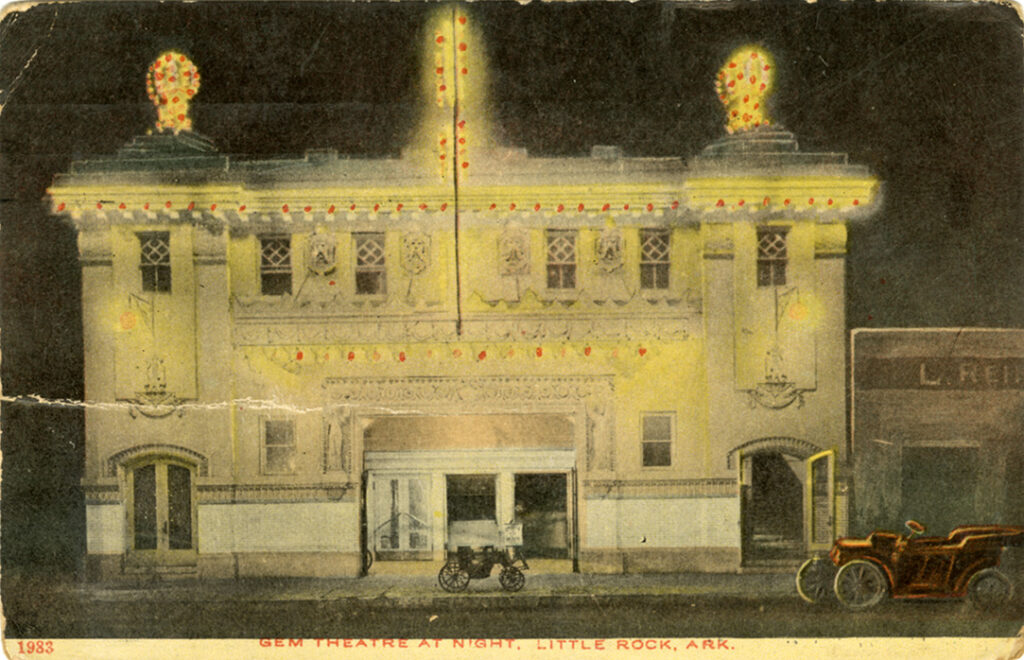
The Center Theater was originally known as the Royal Theater. The earlier incarnation opened on September 13, 1910. The building was remodeled in 1917 and again in 1949. After the last remodel, it changed its name to the Center. The theater closed in 1973, and the building was torn down in 2009. The site is now a parking lot.
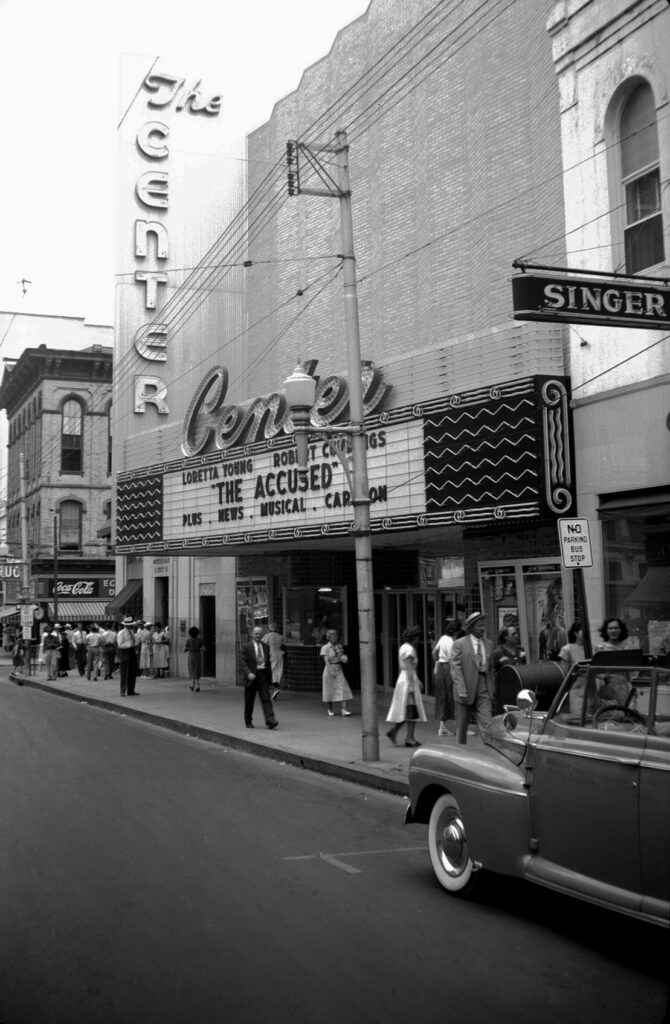
The Palace opened on June 1, 1914. Its first film was Love Everlasting, which was part of the “Our Mutual Girl” series. Over 1,200 people attended the theater’s opening night. The building was remodeled and re-opened under a new name, the Pulaski Theater, in 1931. After the Capitol Theater on Main Street closed, the Palace was renamed the Capitol. The building was torn down in 1975.
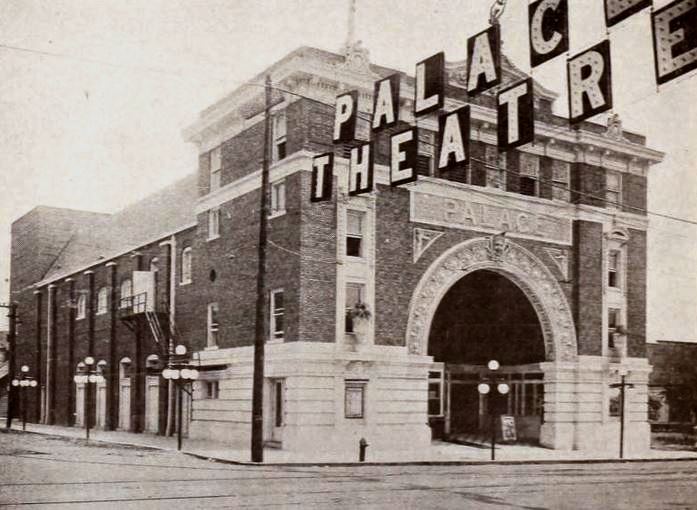
Originally a vaudeville theater, the Majestic opened on April 2, 1906. In 1912, it was running three shows a day and billing itself as “the home of classy vaudeville.” A January 5, 1914, performance, Roman Sports and Pastimes, featured a “beautiful Roman garden as a background” and was styled as “a clever exhibition of acrobatics.” The theater began showing films that same year. The Majestic closed around 1931.
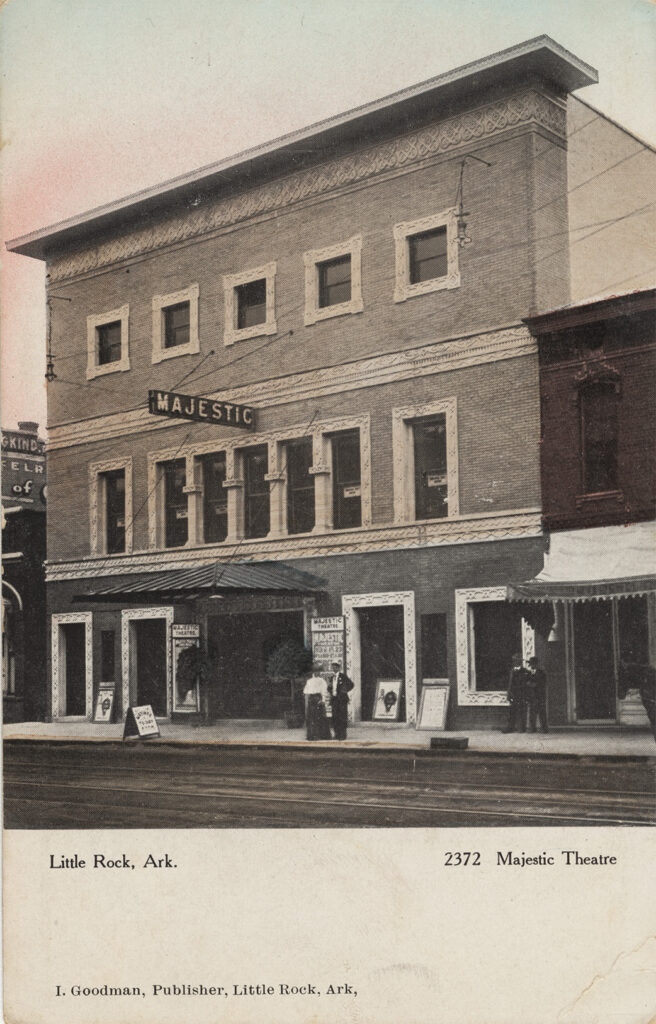
The Arkansas Theater started its life as the Kempner Theater. Designed as an opera house, it was built in 1910 by brothers Ike and Dave Kempner, founders of Kempner’s shoe and department stores. The theater was remodeled in 1921 and again in 1929. After the latter remodel, the name was changed to the Arkansas. It was the last theater remaining downtown when it closed in 1977.
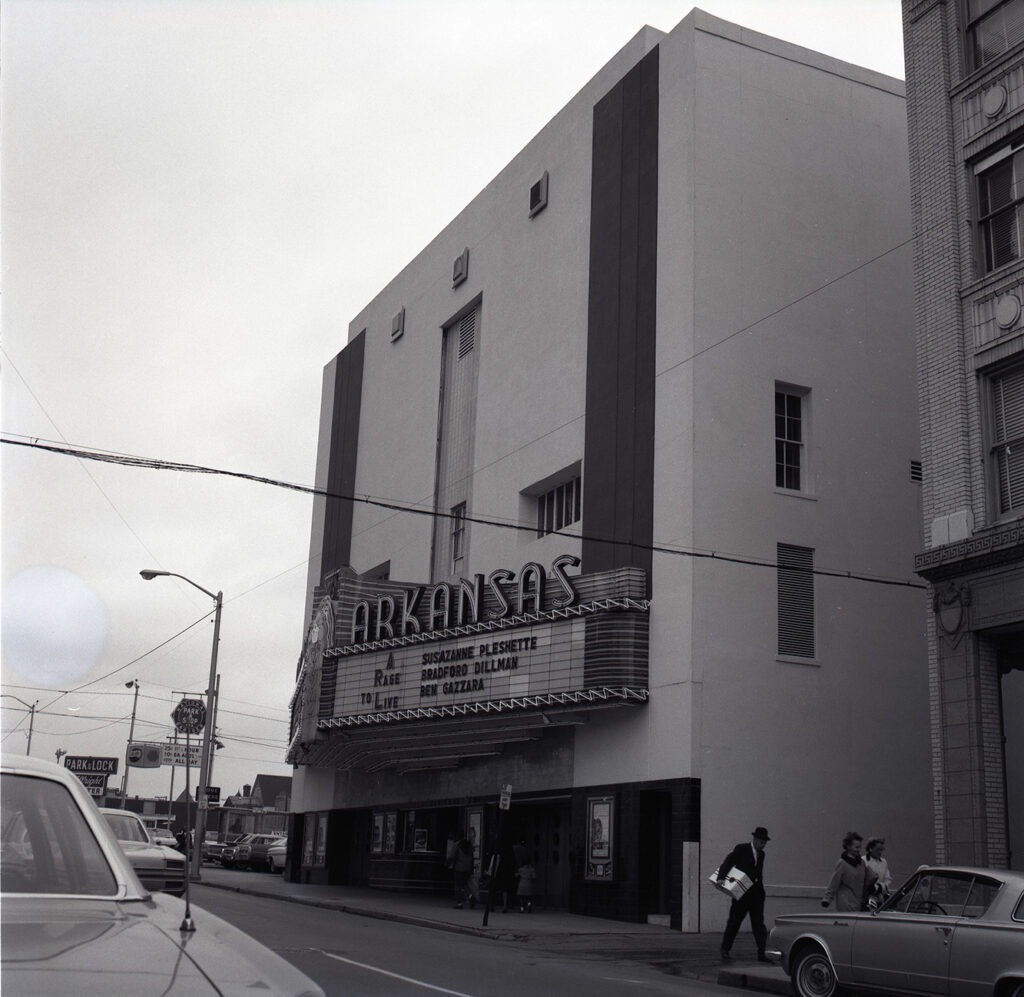
The New Theater opened on February 1, 1922. Its initial offering was Marry the Poor Girl. The theater primarily showed B movies, though it did show feature films after they had been out for a year or so. The theater closed in the early 1960s.
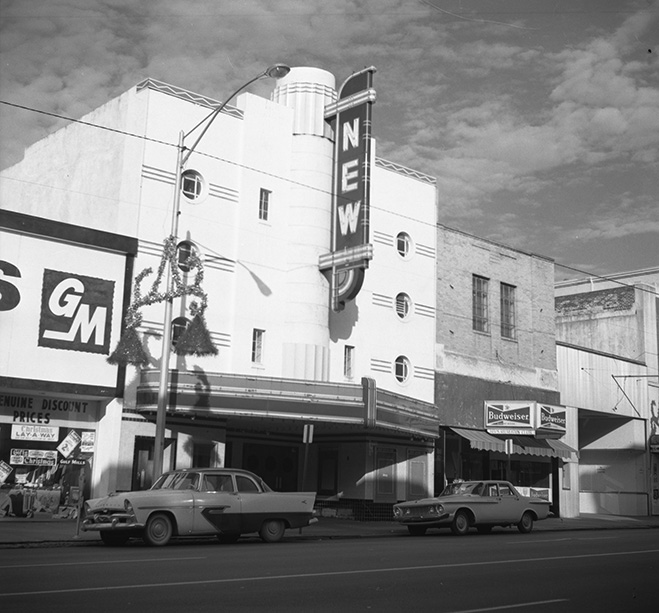
The Rialto was a short-lived theater. It opened in 1924 and was closed by 1927. The location had been previously occupied for a short time by the Crystal Theater in the late 1910s.
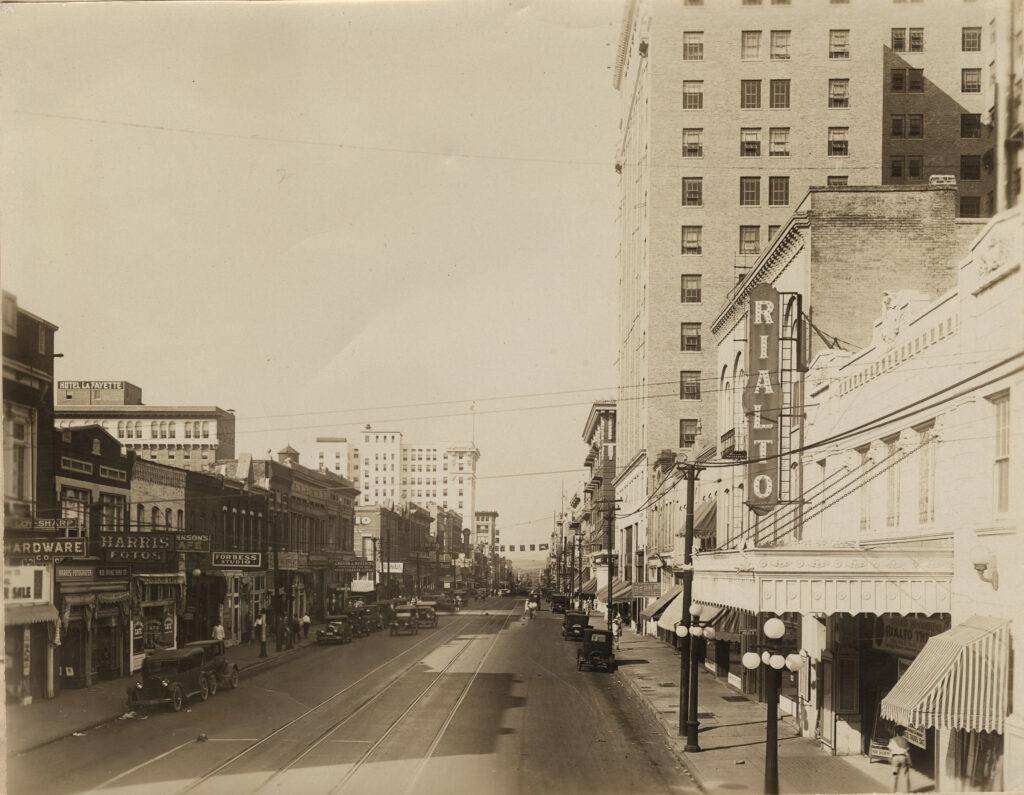
The Best Theater opened on January 1, 1910. The theater closed in April 1912 after a change of ownership. The new owner had hoped to remodel the building but soon determined that he could not provide enough exits for safety nor bring the building up to proper sanitary conditions. The theater had experienced a fire the previous month. Note the “for white people only” line in the ad below. During the years of Jim Crow segregation, many theaters restricted African American patrons to the balconies, if they were allowed to enter at all.
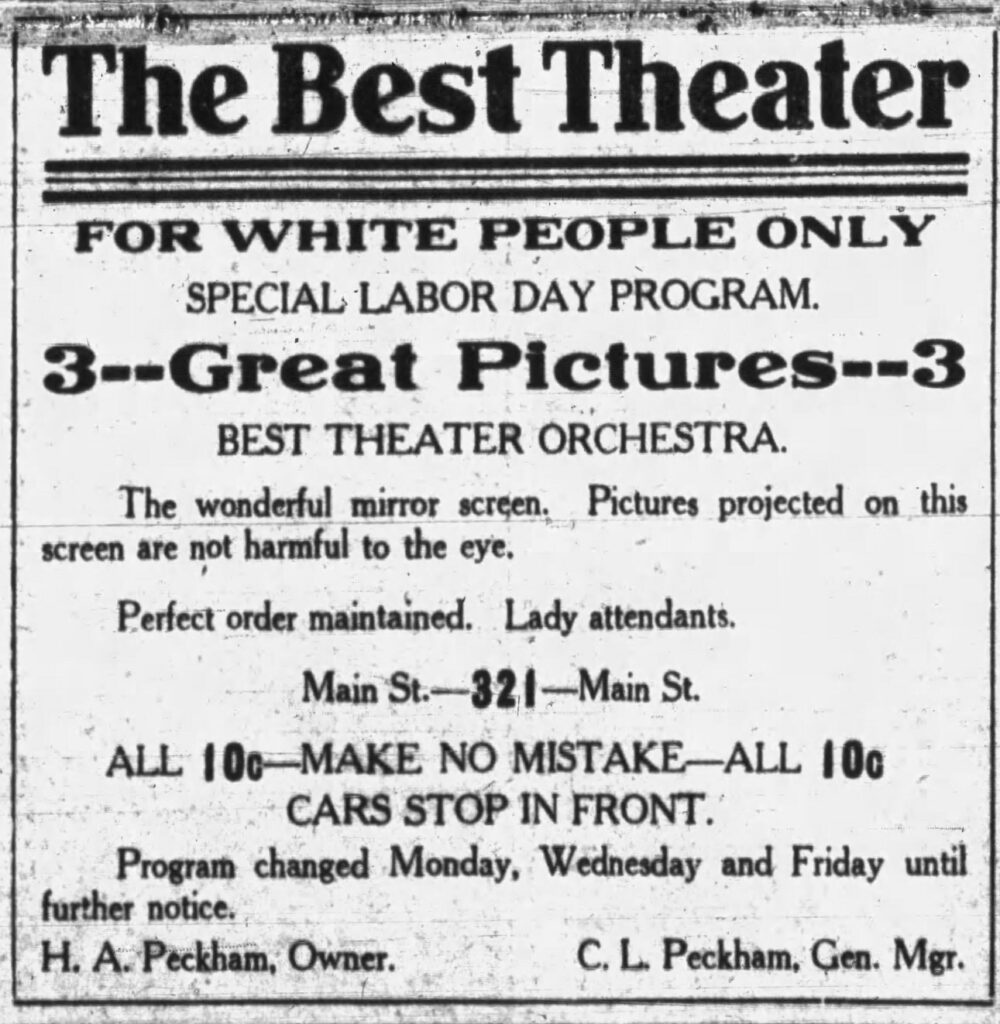
Not to be confused with the earlier Gem Theater on Main Street, the Gem on Ninth Street catered to the city’s Black population. Opened in 1937, the theater replaced the Plaza Theater that was at the same location during the 1920s. The Gem closed around 1968.
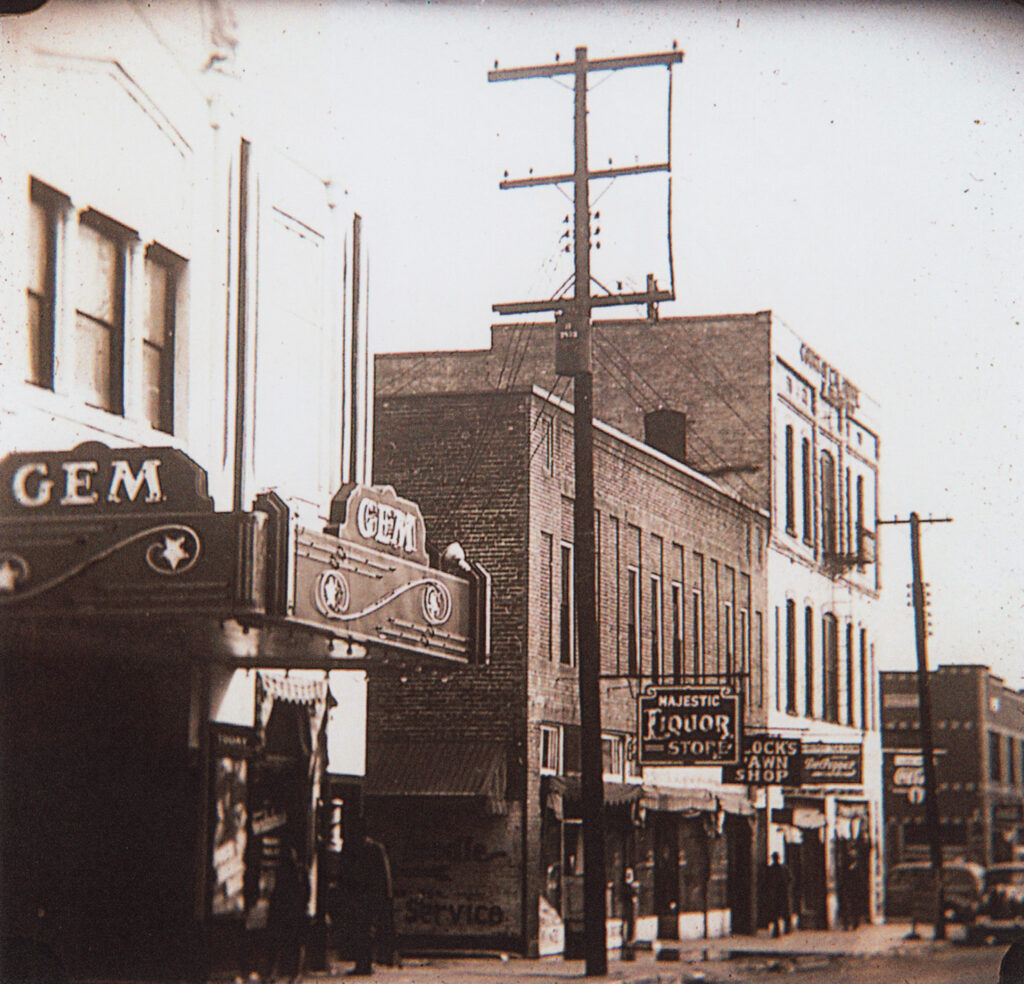
See more theaters and their exact locations at the mapping project here. And view all of our digital mapping projects here.
By Brian Robertson, manager of the Research Services Division at the CALS Butler Center for Arkansas Studies/Roberts Library




